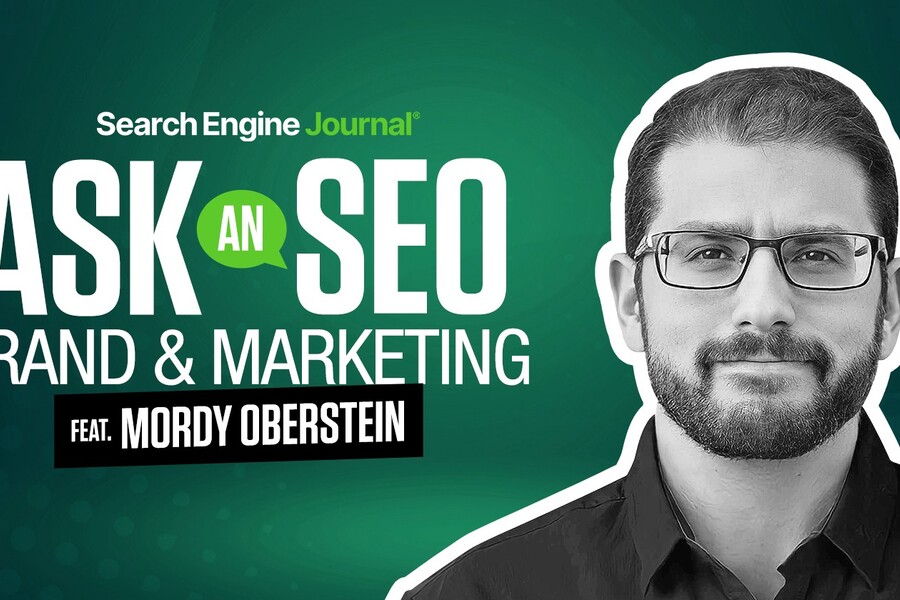Semantic Overlap vs. Density: The New Balancing Act for Winning AI Retrieval

As generative AI increasingly mediates how information is found and summarized, the rules of visibility are shifting. Marketers have long optimized for crawlability, keyword coverage, and E-E-A-T signals. Those still matter—but they no longer guarantee that your content gets pulled into a model’s answer set. What now decides whether your page is even seen by a machine? In a word: retrieval. And two concepts—semantic overlap and semantic density—determine whether you make the cut and whether readers trust you once you do.
Why this matters now
Generative systems rarely retrieve whole pages. They index chunks, embed those chunks in a vector space, and pull what sits closest to the query’s embedding. That makes semantic overlap—how closely your text aligns with the model’s representation of the query—the core ranking currency at retrieval time. Semantic density—how much meaning you pack into each token—still matters, but mainly after you’re retrieved, when a human evaluates clarity, authority, and usefulness.
The practical consequence: content that reads beautifully to people can remain invisible to machines if it lacks overlap signals; content that overlaps strongly can surface more often, even if it’s a bit wordier than traditional style guides prefer.
Definitions—and the split that trips teams up
- Semantic density: Meaning per token. Dense passages deliver maximum information with minimal words—think succinct definitions, tight abstracts, or well-edited executive summaries. Humans reward density because it saves time and signals authority.
- Semantic overlap: Alignment with the model’s latent representation of a query. Retrieval pipelines compare embeddings; the more your chunk and the query share, the higher the similarity score and the more likely you’re retrieved. In NLP evaluation, overlap is approximated by metrics like BERTScore (which compares contextual embeddings of two texts) or cosine similarity.
The split: Humans reward density; machines reward overlap. A spare, elegant sentence can be skipped by retrieval if the phrasing doesn’t match the query’s representation. A fuller sentence that repeats entities, surfaces synonyms, and names related concepts may feel redundant to people, but it wins retrieval because it overlaps more.
How retrieval actually works (and where writers have leverage)
- Chunking: Content is split into chunks (often by headings, bullets, or fixed token windows). Systems index chunk embeddings, not entire pages.
- Query embedding: The user’s query becomes an embedding.
- Nearest neighbors: The system fetches the chunks closest to that query in vector space.
- LLM synthesis: The model summarizes or answers using those retrieved chunks. For teams building or improving these systems, gathering clean, structured data at scale is essential, and tools like a web scraper for LLM help automate that collection so embeddings and retrieval pipelines are trained on richer, more representative datasets.
Chunk size matters. Too small and you risk missing key overlap signals; too large and you may surface but frustrate readers. Many practitioners test bands like 200–500 tokens and 800–1,000 tokens to strike a balance between overlap cues and on-page readability.
Structure matters. Bullets aren’t just for scanning; they also act as natural chunk boundaries. A “thin” bullet looks clean but may carry weak overlap. A richer bullet—naming the entity, repeating the concept with a synonym, and adding a related term—improves chances of retrieval without sacrificing clarity.
Evidence from practice and evaluation
- Overlap metrics: Overlap is already formalized in NLP evaluation via measures like BERTScore, which better capture semantic alignment than surface keyword matches.
- Observed behavior in assistants: Analyses of assistant interactions (e.g., large-scale studies of Copilot-style conversations) consistently show that retrieval success tracks with semantic overlap, not with how compact the response is. In many cases, user intent and model action only partially overlap; when they align, retrieval rises—even when the text isn’t maximally dense.
- Vector DB guidance: Leading vector database guides emphasize intent alignment and semantic matching over keyword frequency, reflecting how real-world RAG systems are tuned and evaluated.
The through-line: overlap determines visibility; density sustains trust.
Concrete examples
Technical:
- Dense: “RAG retrieves relevant chunks and feeds them to an LLM.”
- Overlap-rich: “Retrieval-augmented generation (RAG) embeds the user’s query, finds content chunks with similar embeddings, and passes those aligned chunks to a large language model to generate an answer.”
Both are correct; the second overlaps more with likely query phrasing and thus retrieves better. The first reads crisper to humans.
Non-technical:
- Dense: “Vitamin D regulates calcium and bone health.”
- Overlap-rich: “Vitamin D (calciferol) supports calcium absorption, bone growth, and bone density, helping prevent osteoporosis.”
Again, both are right; the second spans synonyms and related entities, increasing overlap.
Don’t pick sides—balance them with a two-score mindset
The industry lacks a standard composite metric, but a practical mental model helps:
- Semantic Overlap Score: Approximate with cosine similarity against representative queries, or with an overlap metric like BERTScore. Use query sets that reflect real user intent.
- Semantic Density Score: Approximate with meaning-per-token heuristics (e.g., compression ratio, redundancy checks, or editorial scoring for clarity).
Winning content aims for both: enough overlap to get retrieved reliably, enough density to earn trust and reduce bounce once surfaced.
A newsroom-style playbook for teams
1) Start from user intent, then phrase for overlap.
List 5–10 ways a user might actually ask the question. Work those phrasings (entities, synonyms, acronyms) into headings and first sentences of chunks.
2) Tune chunking deliberately.
- Use H2/H3 and meaningful bullets to create semantically coherent chunks.
- Test 200–500 vs. 800–1,000 token windows on key pages; monitor retrieval and downstream engagement.
3) Write “full” bullets and leads.
A strong first sentence that explicitly names the entity, task, and outcome increases overlap and helps both machines and readers.
4) Calibrate density with an edit pass.
After you add overlap cues, do a ruthless clarity pass: remove fluff, collapse duplicative sentences, and keep numbers, definitions, and constraints precise.
5) Measure both sides.
- Overlap: For a sampled query set, compute similarity between the query embeddings and your chunk embeddings; prioritize chunks with persistently low scores for revision.
- Density: Track dwell time, scroll depth, and human editorial ratings for clarity. Where users skim or bounce, tighten.
6) Don’t starve hero content of signals.
Avoid default lazy patterns that strip headings of entities or reduce intros to one-liners devoid of synonyms. Your hero lead should carry the highest overlap on the page.
7) Keep E-E-A-T visible.
Once retrieved, trust wins: cite sources, show author credentials, add dates of last update, and include precise definitions and data points.
Quick answers to reader intent
What happened?
The optimization frontier has shifted from “can Google crawl and rank my page?” to “will a generative system retrieve my chunk?” That puts semantic overlap at the top of the visibility stack, with semantic density still critical for credibility once a human reads you.
Why does it matter?
If your content doesn’t overlap with the way models represent a query, it won’t be retrieved, no matter how polished it looks. Conversely, if it overlaps but is sloppy, readers won’t trust it when it appears in AI summaries or search experiences.
What should I do next?
- Map real user phrasings and fold them into headings and first sentences.
- Enrich bullets and intros with entities, synonyms, and closely related concepts.
- Test chunk sizes; track retrieval (overlap) and engagement (density).
- Edit for clarity so the surfaced chunk reads fast and feels authoritative.
How do I know it’s working?
Monitor: (1) overlap metrics (similarity scores for representative queries), (2) retrieval/surface rates in AI search experiences (where observable), and (3) human engagement signals (time on chunk, completion rate, helpfulness ratings).
Isn’t this just keyword stuffing in new clothes?
No. Overlap is semantic—it’s about meaning and entities, not repeating tokens. Poorly written redundancy won’t raise similarity scores meaningfully and will hurt density and trust.
The bottom line
In AI-mediated discovery, the machine decides if you’re visible; the human decides if you’re credible. Optimize for semantic overlap to enter the answer set. Optimize for semantic density to keep readers satisfied and signal authority. The work—and the advantage—lies in balancing both, then iterating based on how well you retrieve and how well people engage once you do.
